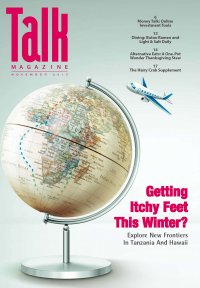If this dull and dreary weather has you wanting to book the next flight out of here, we have a couple of tantalizing (and hot!) recommendations for you to try.
TANZANIA
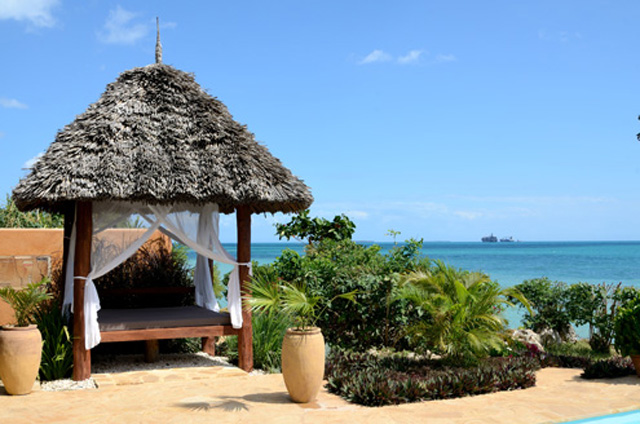
Hidden Treasures In Zanzibar Just 20 kilometers east of Tanzania, yet a world apart culturally, the island of Zanzibar only joined with the country it lies 20 kilometres to the east of in 1964, after throwing off the yoke of rule by foreign powers for centuries. Then called Tanganyika, the country incorporated both names into its new countryhood, despite Zanzibar’s tiny size (less than .01% of the mainland’s total size) and the fact it’s still considered a semi-autonomous region.
Before serving as a colony for European countries, Zanzibar was eastern Africa’s main trading base for Middle Eastern and Indian merchants, brokering deals in spices, slaves and ivory. Swahili was invented here, a marriage between the Bantu language and Arabic that resulted from the many business relationships that grew between locals and visiting traders, and 97 per cent of current residents consider themselves Muslim.
In Stonetown, the island’s only city and the port for ferries from Dar Es Salaam, the foreign influence can still be seen in the traditional wooden doors in the laneways of the Old Town. Meandering past these ornate entryways and stopping into the Anglican church, whose altar is located at the exact spot of the whipping post of the old Slave Market, are the major tourist attraction here. Tours of spice plantations rich with saffron and vanilla beans, sunset cruises on dhow (Arabic sailboats) and a pilgrimage to Freddie Mercury’s birthplace are on most tourist itineraries as well. But visitors who head out of the alleyways and to the coast will discover that Zanzibar is now a destination for honeymooners and celebrities, basically anyone seeking serious privacy.
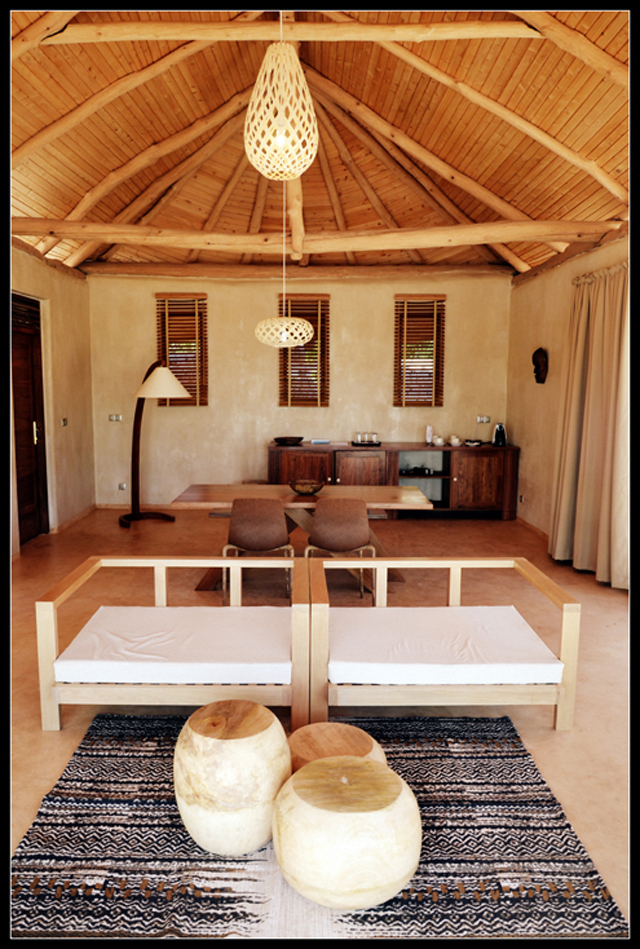
Where To Stay: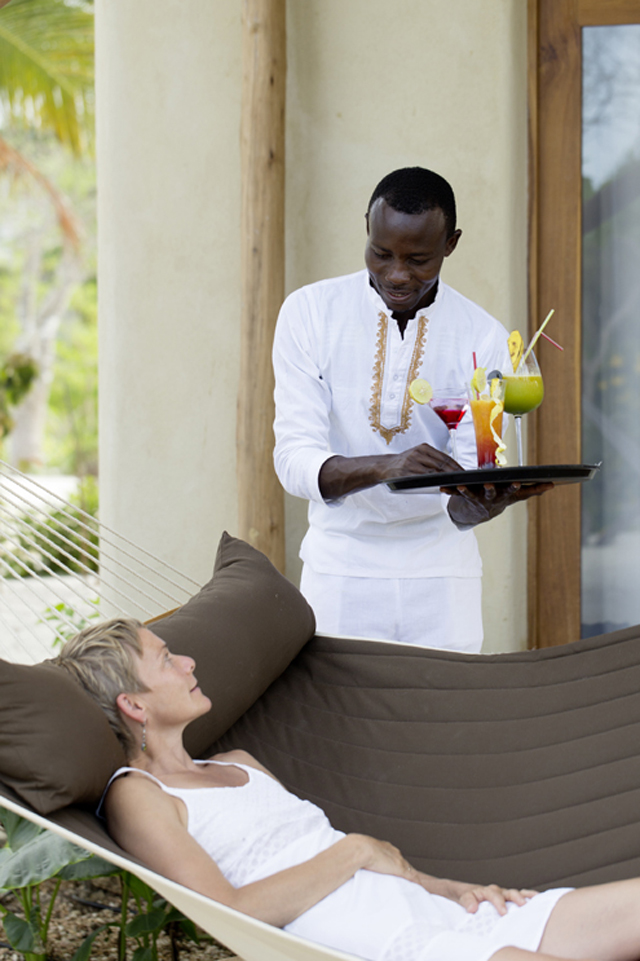
White Sand Luxury Villa & Spa sets the gold standard for this brand of seclusion travel with a beach guarded by Maasai, but seclusion isn’t the only major draw. (Although some creative landscaping keeps private plunge pools of their 11 expansive villas concealed, and an oversized outdoor bathtub is tucked away behind a wall). The boutique property is run by a Polish family with a passion for kite-surfing that turned into a full-time job when they opened the resort and attached school for the extreme water sport.
Web: www.whitesandvillas.com
HAWAII
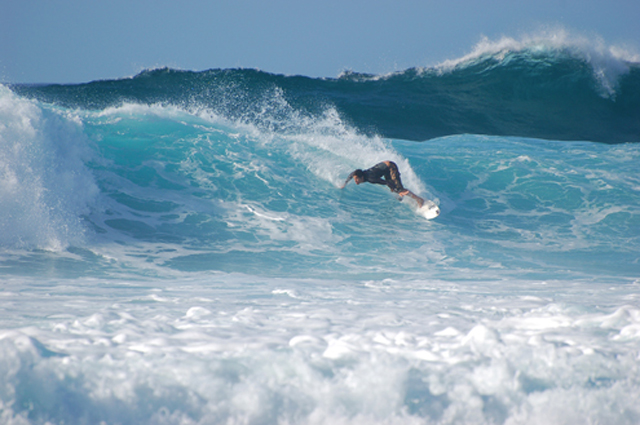
Adventures In Oahu
Home to Honolulu – the state capital and President Barack Obama’s birthplace – Oahu is the most populous island in the Hawaiian archipelago. More than 85 per cent of the state’s residents call the dot in the Pacific home, and its status as a major tourist destination makes that population even more dense in downtown Honolulu and along the stretches of Waikiki Beach. But this tiny island has enough landmass to offer up both urban hotspots and scenic retreats for island visitors.
Oahu is so densely packed in that you can find lush, natural beauty just a 15-minute drive from the tower blocks of Waikiki. One of the easiest treks on the island, the hike to and from Manoa Falls, is just two miles round-trip and you trek along a flat path through groves of eucalyptus trees and bamboo forests and past stone-studded creeks before you reach the 150 feet tall falls. It may look a bit familiar to you - Jurassic Park and Lost were both filmed here – but even Steven Spielberg can’t quite capture the falls’ natural beauty. This is the wettest part of the island, so make sure you wear shoes with good tread and prepare to get muddy.
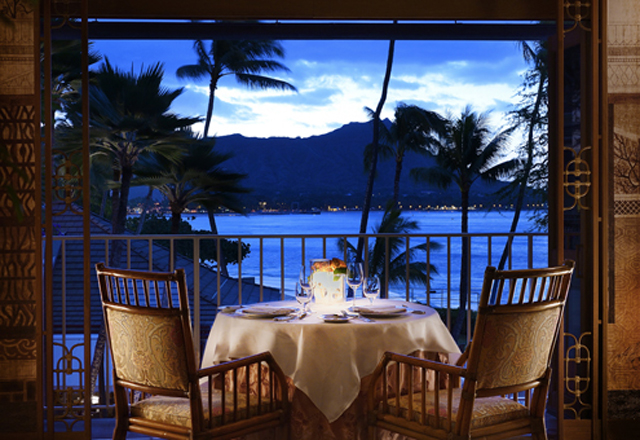
The only restaurant in the state of Hawaii to be awarded a five-star designation by Forbes Travel Guide, La Mer is the pinnacle of dining in Oahu. Book for 6pm and ask for a table by the window, and you’ll have the best seat in the state as you watch the sun set over Waikiki Bay. As night falls, curious sea turtles pop their heads up in the glow of the restaurant for a breath of fresh air.
This is all if you can take your eyes from the food in front of you. Every dish on the luxurious seven-course
degustation menu is so beautifully plated you almost don’t want to eat it, but one mouthful and you’ll hardly be able to stop yourself. We melted for the poached locally-raised lobster with shaved truffles and an inspired Pinot Noir pairing and their cheese chariot – oh so much more than a tray – with white port.
Where To Stay:
The Hilton Hawaiian Village spreads over 22 acres, with 18 restaurants and lounges and over 90 shops and services spread around the resort. All total, that amounts to five pools (including the largest in Waikiki), 2860 rooms and an annual intake of 136540 mai tais per year. It can be a bit overwhelming, but not if you’ve got a room in the Ali’I Tower. The beachfront building’s focus is privacy, so guests here receive separate check-in and a pool, gym and spa exclusive to the building.
Web: www.hiltonhawaiianvillage.com
Exploring Maui
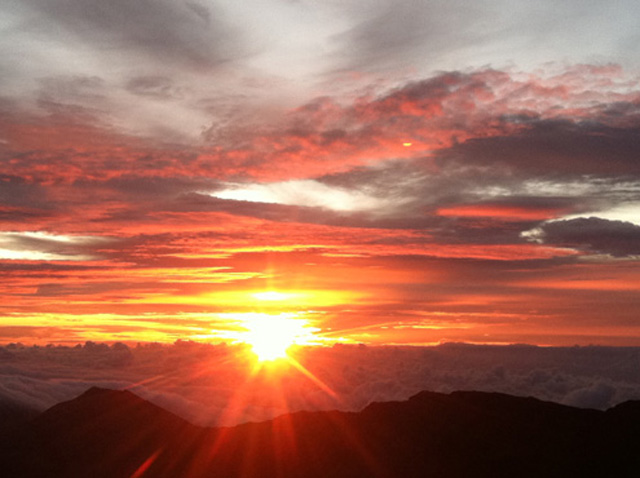
Known as the “valley isle”, Maui is a long isthmus only 12 kilometres across, wedged between two extinct volcanoes. More laidback than the citified Oahu, which is just a 35-minute flight away, Maui has been voted best island in America for nearly two decades running.
Maui has so much more to offer than the big resorts that line the beaches, and Local Tastes Food Tours was created to help visitors experience the offbeat areas that locals call home. Tucked away in the rural northwestern slopes of Haleakala known as Upcountry, the Makawao is a living monument to the paniolo culture of the early twentieth century, when Hawaiian cowboys ruled the area, hitching their horses to posts that still stand outside saloons and restaurants, like the famous T Komoda bakery. Today the area has a thriving local art scene, and Local Tastes (Web:
www.localtastesofmaui.com) incorporates that into their two-hour Makawao Food & Art Tour that takes you through a special plate lunch and into galleries all around the town square. At the end of the tour, you receive a discount card for the places you visited, plus the feel-good afterglow knowing that 10 per cent of your tour ticket was donated to animal welfare organisations in the area.
Heading to the summit of Haleakala, an extinct shield volcano that rises 3000 meters out of the ocean, to watch the sunrise is a gold standard tourist attraction in Maui, and one that lives up to the hype. Home to more endangered species than any other place in the national park service, the peak was historically off limits to mere mortals – only kahuna (priests) were allowed to summit – but now it’s one of the biggest attractions on the island. If you’re not willing to wake up at 3am to make sure you catch the sun peeking over the Pacific, you can enjoy the park throughout the day. With Haleakala Bike Company, bikers can ride 60 kilometres into the crater (where, thankfully, a van picks them up and ferries them up the mountain). Horseback rides through Haleakala with Pony Express tours are also popular, as riders take in ocean views as they meander through cattle ranches.

Where To Stay: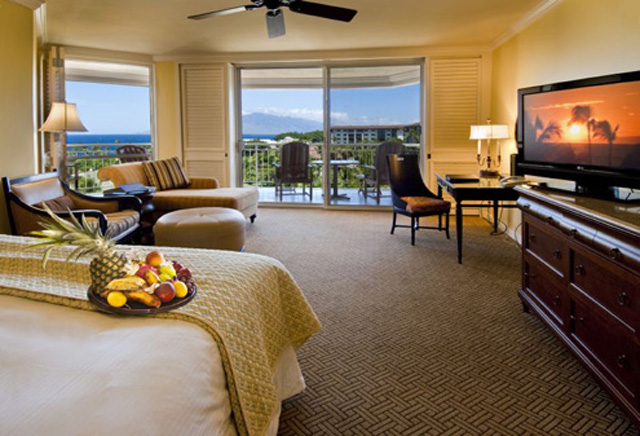
Grand Wailea is a resort on Maui’s southwestern coast is owned by the Waldorf Astoria, and the level of luxury one expects from the Waldorf is imported to this sunny property. Great for families, the network of swimming pools includes a wet playground with grottos, white water rapids, waterfalls and seven water slides. (They also offer the Hibiscus Pool, a kid-free space, for those looking for a quieter swimming experience.)
Web: www.grandwailea.com








